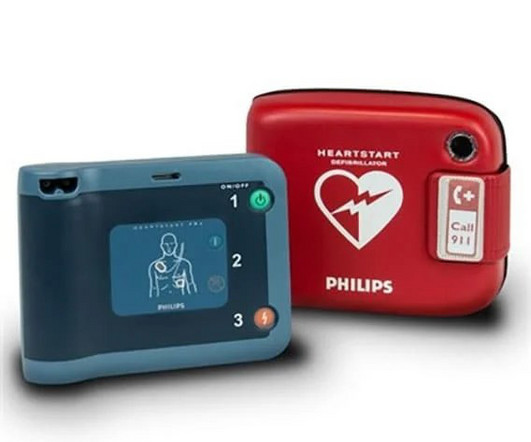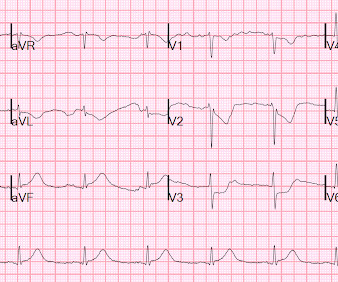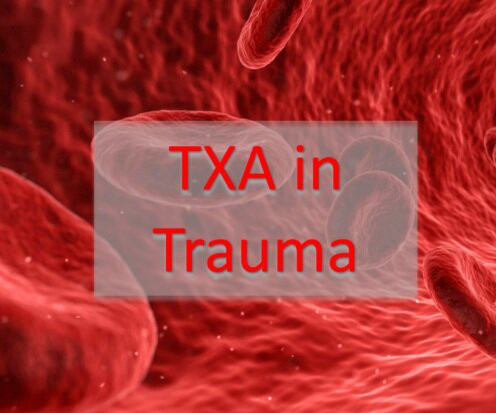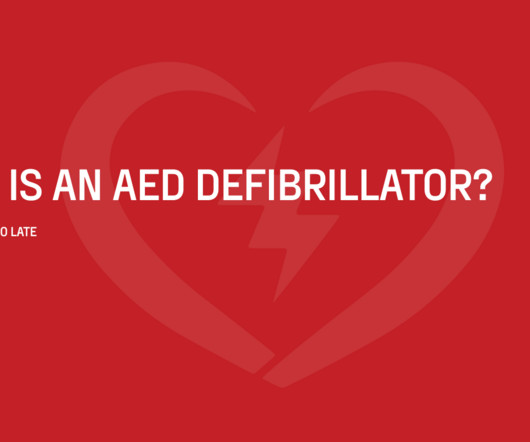Case Report: Coronary Vasospasm-Induced Cardiac Arrest
ACEP Now
DECEMBER 6, 2024
Before nitroglycerin (NTG) could be administered, the patient became unresponsive and was transferred to the resuscitation bay, where the monitor revealed a ventricular fibrillation arrest. Cardiac arrest secondary to myocardial ischemia from coronary vasospasm is well documented. N Engl J Med. 1992;326(22):1451-1455.


















































Let's personalize your content